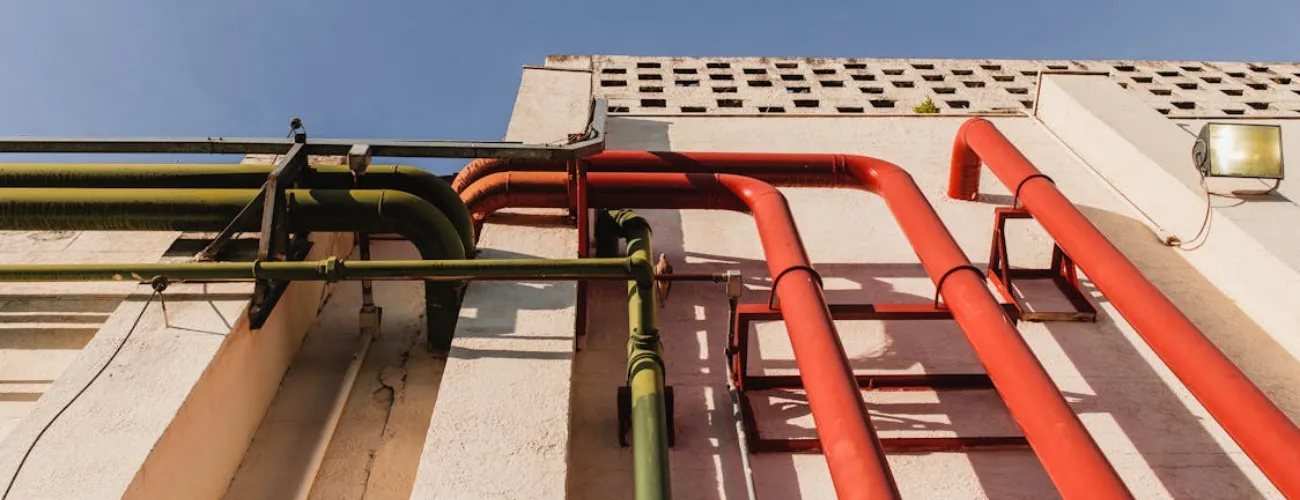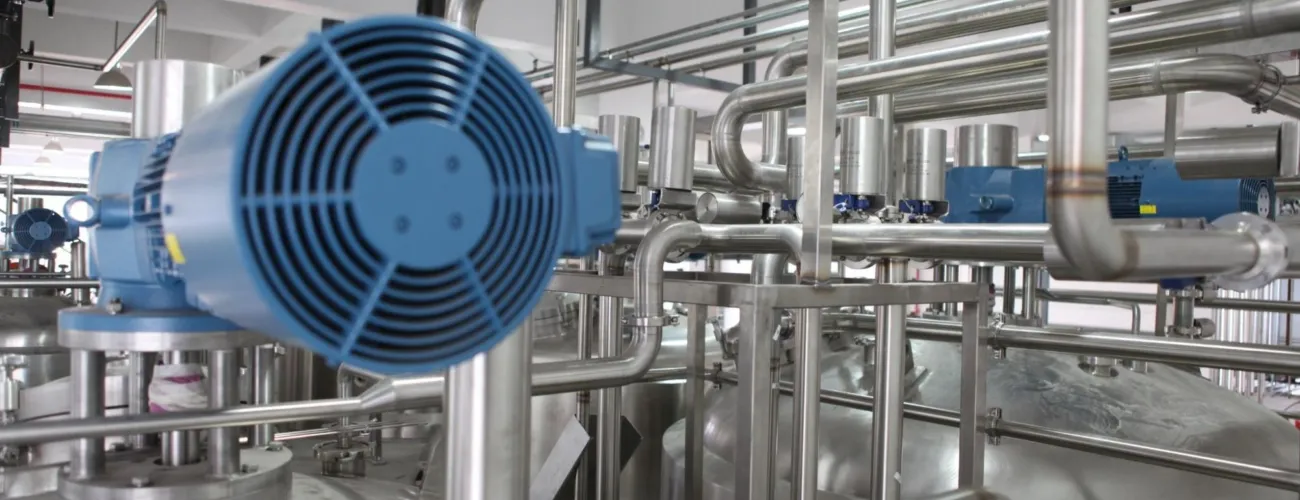Fire-Rated Pipe Insulation Explained
Developed by the American Society of Heating, Refrigerating, and Air-Conditioning Engineers (ASHRAE), The ASHRAE 90.1 standards are a set of requirements established to enhance energy efficiency in commercial and residential buildings.
And if you’re trying to get a better understanding of the ASHRAE 90.1 standards, here’s what you need to know to get started.
Understanding ASHRAE 90.1
ASHRAE 90.1 outlines minimum energy-efficient designs for buildings and focuses on all but low-rise residential structures.
The primary goal of the ASHRAE 90.1 standards is to reduce energy use and greenhouse gas emissions.
However, it’s important to note that this standard is not static, in that it can change a result of the ASHRAE Standing Standards Project Committee (SSPC) 90.1, which implements new building technology and conducts research.
Historical Context of ASHRAE 90.1 Insulation Standards
The 2010 revisions to ASHRAE 90.1 marked a significant shift toward more stringent energy efficiency measures that particularly increased the minimum required insulation thickness for piping systems.
These historical enhancements reflect the industry's proactive approach to energy conservation by emphasizing the ongoing need for advanced compliance measures.
Consequently, this progression set the stage for innovative solutions like those offered by Buckaroos®, which are designed to meet and exceed the enhanced standards.
The Pipe Insulation Requirements for ASHRAE 90.1
ASHRAE 90.1 specifies varied insulation thicknesses based on the pipe size and temperature.
For instance, steam heating distribution pipes above 350°F require 5 inches of insulation for pipes larger than 1 inch in nominal pipe size (NPS), a notable increase that often requires a complex installation process such as double layering.
However, chilled water lines between 40°F and 60°F only need 1 inch of insulation. That way, the building design focuses on energy efficiency rather than condensation.
ASHRAE 90.1 vs. Other Energy Efficiency Standards
To fully appreciate the impact of ASHRAE 90.1, it's helpful to compare it with other significant energy efficiency standards, such as ISO standards or regional codes.
ASHRAE 90.1 vs. ISO 50001:
While ASHRAE 90.1 specifically focuses on the energy efficiency of building designs, particularly in the use of insulation and HVAC systems, ISO 50001 is centered on establishing, implementing, maintaining, and improving an energy management system.
Whereas ISO 50001 aims to help organizations continually reduce their energy use, costs, and environmental impacts, ASHRAE 90.1 provides detailed, prescriptive, and performance-based requirements for energy-efficient buildings.
ASHRAE 90.1 vs. Regional Codes in the U.S.:
Region-specific building codes in the U.S., such as the California Energy Code (Title 24) and New York City's Local Law 97, often reference ASHRAE standards but also tailor the requirements to local climates, resources, and policy goals.
In other words, the ASHRAE 90.1 provides guidelines for local and regional codes in the U.S that help ensure energy efficiency but remain flexible to meet the needs of each area.
Optimizing HVAC Systems with Buckaroos® Insulated Pipe Supports
In response to these rigorous standards, Buckaroos® has developed its Tru-Balance™ Insulated Pipe Supports, a comprehensive solution to enhance HVAC systems' energy efficiency.
They are designed to prevent thermal bridging—a prevalent issue where heat is transferred across uninsulated pipe supports. By implementing a robust thermal barrier at support points, Tru-Balance™ maintains insulation integrity throughout the system, to drastically reduce heat transfer and to bolster the overall system performance.
Importance of Compliance
Adhering to ASHRAE 90.1 is not just about meeting legal requirements—it also brings substantial economic benefits. Proper installation and support of piping systems using products like Buckaroos® Insulated Pipe Supports can decrease energy consumption and reduce the need for high-capacity heating and cooling equipment to lower lifecycle costs and contribute to substantial energy savings, especially in new constructions designed under current standards.
Practical Considerations and Best Practices
To effectively meet ASHRAE 90.1 standards, comprehensive planning is essential before installation to ensure that the design accommodates the insulation requirements:
- Employ skilled technicians trained in proper installation techniques to ensure all components, including insulated supports, are correctly fitted and secured.
- Regular maintenance is crucial to sustain insulation effectiveness and system efficiency.
- Inspections should be scheduled to check for any damage or degradation, with timely repairs to maintain optimal performance.
Maximize Energy Efficiency with Buckaroos® Insulated Pipe Supports

By choosing Buckaroos® for your pipe support needs, you leverage a product line that has been designed to meet the rigorous energy efficiency criteria set by ASHRAE 90.1.
Our range of pipe support products, including the innovative Tru-Balance™ line, is tailored to enhance building performance and reduce operational costs.
Contact us today for more information and to discover how we can help you improve your energy management strategy!

Carrie Powers
Carrie channels her passion for innovative solutions in the construction industry for Buckaroos. With a deep understanding of Buckaroos' leading insulated pipe support systems and insulation protection shields, Carrie ensures that building owners, engineers, and installers are well-equipped with the best tools and products. Her dedication to digital transformation and customer engagement helps Buckaroos maintain its reputation as a trusted resource for professional insulators across North America and Canada.
Featured articles
Industrial Pipe Hangers and Supports
Steam Pipe Insulation 101: Materials and Supports
8 Types of Pipe Supports and Their Features
Understanding Industrial Pipe Insulation and the Options





